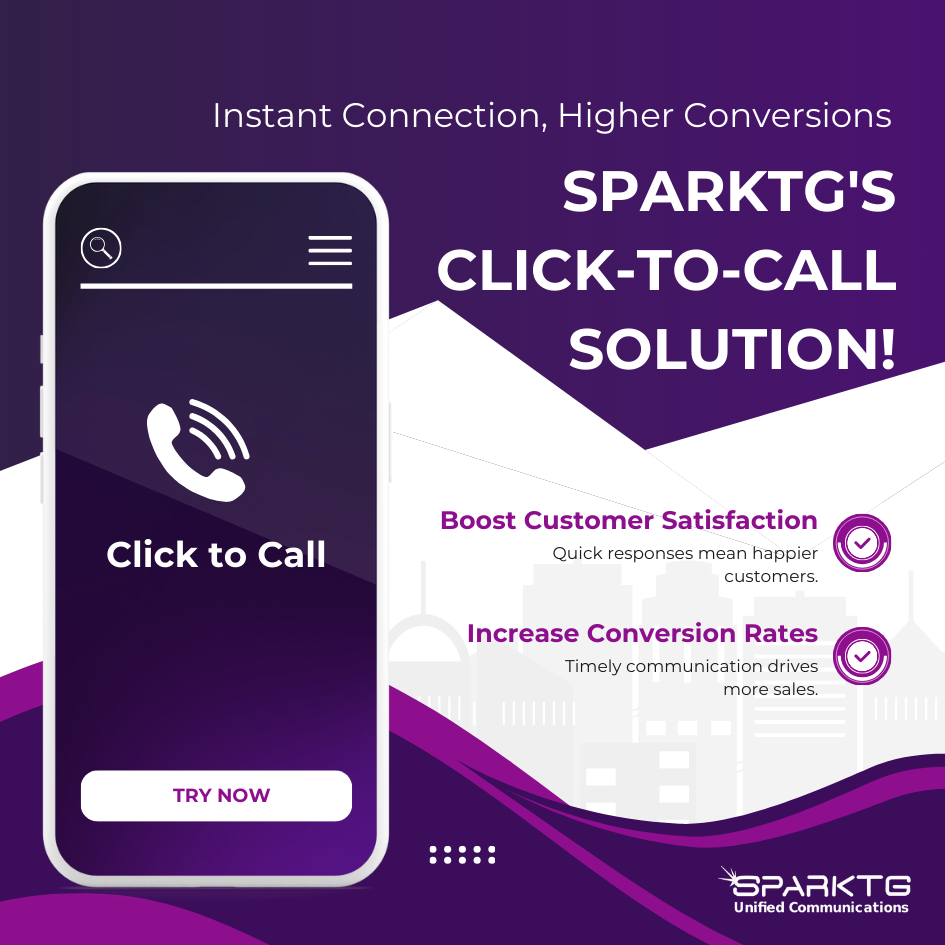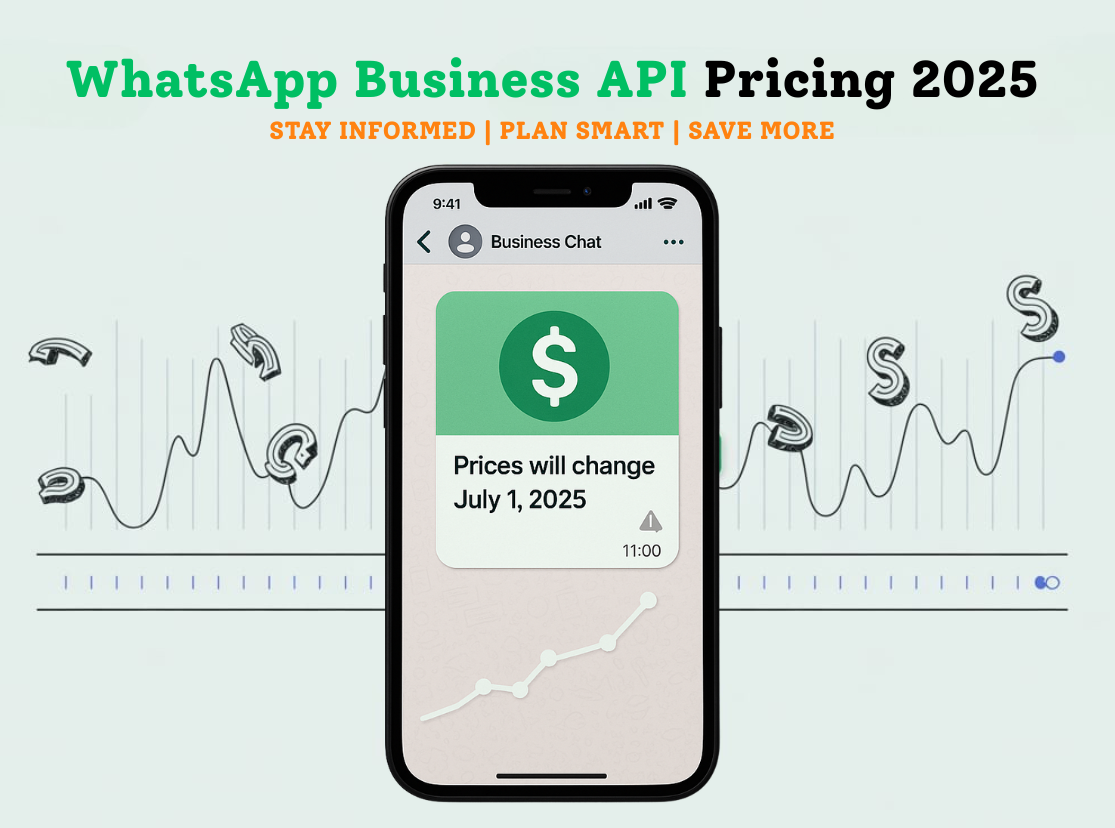 Real Blogger Outreach – Powerful Links. Zero Spam.
Real Blogger Outreach – Powerful Links. Zero Spam.
How to Build an eCommerce Website Using Shopify?
Written by celebritieswife » Updated on: June 17th, 2025

Launching an online store is a great way to reach a global audience and boost sales. Shopify is one of the most popular eCommerce platforms due to its ease of use, scalability, and extensive features. Whether you’re a small business owner or an entrepreneur, Shopify simplifies the process of creating an online store without requiring technical expertise. In this guide, we’ll walk you through every step of building an eCommerce website using Shopify, from setting up your account to optimizing for conversions.
Why Choose Shopify for Your eCommerce Website?
Shopify is an all-in-one eCommerce platform that provides everything you need to launch and manage an online store. From user-friendly design tools to secure payment gateways, Shopify simplifies the process of setting up and scaling your business. However, for businesses looking to enhance their store’s functionality with custom features, integrating Laravel can be a game-changer. Whether you need a tailored checkout process or seamless API connections, it's beneficial to hire a Laravel expert who can develop robust and scalable solutions that align with your specific business needs.
- Ease of Use: No coding skills required.
- Customizable Themes: A variety of free and premium themes.
- Secure and Reliable: PCI-compliant payment processing.
- Scalability: Supports small businesses and large enterprises.
- Extensive App Marketplace: Thousands of integrations available.
Setting Up Your Shopify Store
To start your eCommerce website using Shopify, follow these steps:
- Visit Shopify’s official website and sign up for a free trial.
- Enter your store name, email, and password.
- Provide necessary business details and preferences.
- Access your Shopify dashboard, where you’ll manage your store.
Choosing the Right Theme
A well-designed theme enhances user experience and drives conversions. To select a theme:
- Go to the Shopify Theme Store.
- Browse free and premium themes.
- Preview themes to check responsiveness and design.
- Install and customize the chosen theme.
Adding Products to Your Store
Products are the backbone of your store. Here’s how to add them:
- Navigate to ‘Products’ in the Shopify dashboard.
- Click ‘Add Product’ and enter product details (title, description, price, SKU, and inventory status).
- Upload high-quality images.
- Set up collections and categories.
- Configure pricing and discounts.
Configuring Payment and Shipping
Configure payments and shipping to enhance checkout. Using Shopify payment methods ensures secure transactions, while optimized shipping improves delivery efficiency.
- Navigate to ‘Settings’ > ‘Payments’.
- Select a payment gateway (Shopify Payments, PayPal, Stripe, etc.).
- Configure tax settings based on your location.
- Set up shipping rates and zones.
Customizing Your Store
Enhance your store’s appearance and functionality:
- Customize fonts, colors, and layouts.
- Add banners and call-to-action buttons.
- Set up a professional logo and branding elements.
- Create essential pages (About Us, Contact, FAQ, Return Policy).
Installing Essential Apps
Apps extend Shopify’s functionality. Consider these essential apps:
- SEO Booster: Improves search engine rankings.
- Oberlo: Facilitates dropshipping.
- Klaviyo: Enhances email marketing.
- Yotpo: Adds product reviews.
- Tidio: Provides live chat support.
Optimizing for SEO
SEO helps your eCommerce website use Shopify to rank higher in search engines. Follow these steps:
- Use keyword-rich titles and descriptions.
- Optimize images with alt text.
- Improve site speed and mobile responsiveness.
- Create a blog section to generate organic traffic.
- Use structured data to enhance search visibility.
9. Launching Your eCommerce Website
Before launching, perform these checks:
- Test the entire checkout process.
- Ensure mobile responsiveness.
- Set up analytics and tracking (Google Analytics, Facebook Pixel).
- Enable SSL for security.
- Make your store live and announce it to your audience.
Post-Launch Marketing Strategies
To drive traffic and sales, implement these strategies:
- Social Media Marketing: Promote on Facebook, Instagram, and Pinterest.
- Email Marketing: Use automation tools like Mailchimp.
- Google Ads & Facebook Ads: Run targeted campaigns.
- Influencer Marketing: Collaborate with industry influencers.
- Content Marketing: Publish blogs and guides related to your niche.
Conclusion
Building an eCommerce website using Shopify is straightforward with the right strategy. From setting up your store to launching and marketing, Shopify provides all the tools needed to create a successful online business. Follow this step-by-step guide, optimize your store for SEO, and use effective marketing tactics to scale your online store. Start today and establish a thriving eCommerce business!
Note: IndiBlogHub features both user-submitted and editorial content. We do not verify third-party contributions. Read our Disclaimer and Privacy Policyfor details.
Copyright © 2019-2025 IndiBlogHub.com. All rights reserved. Hosted on DigitalOcean for fast, reliable performance.

















